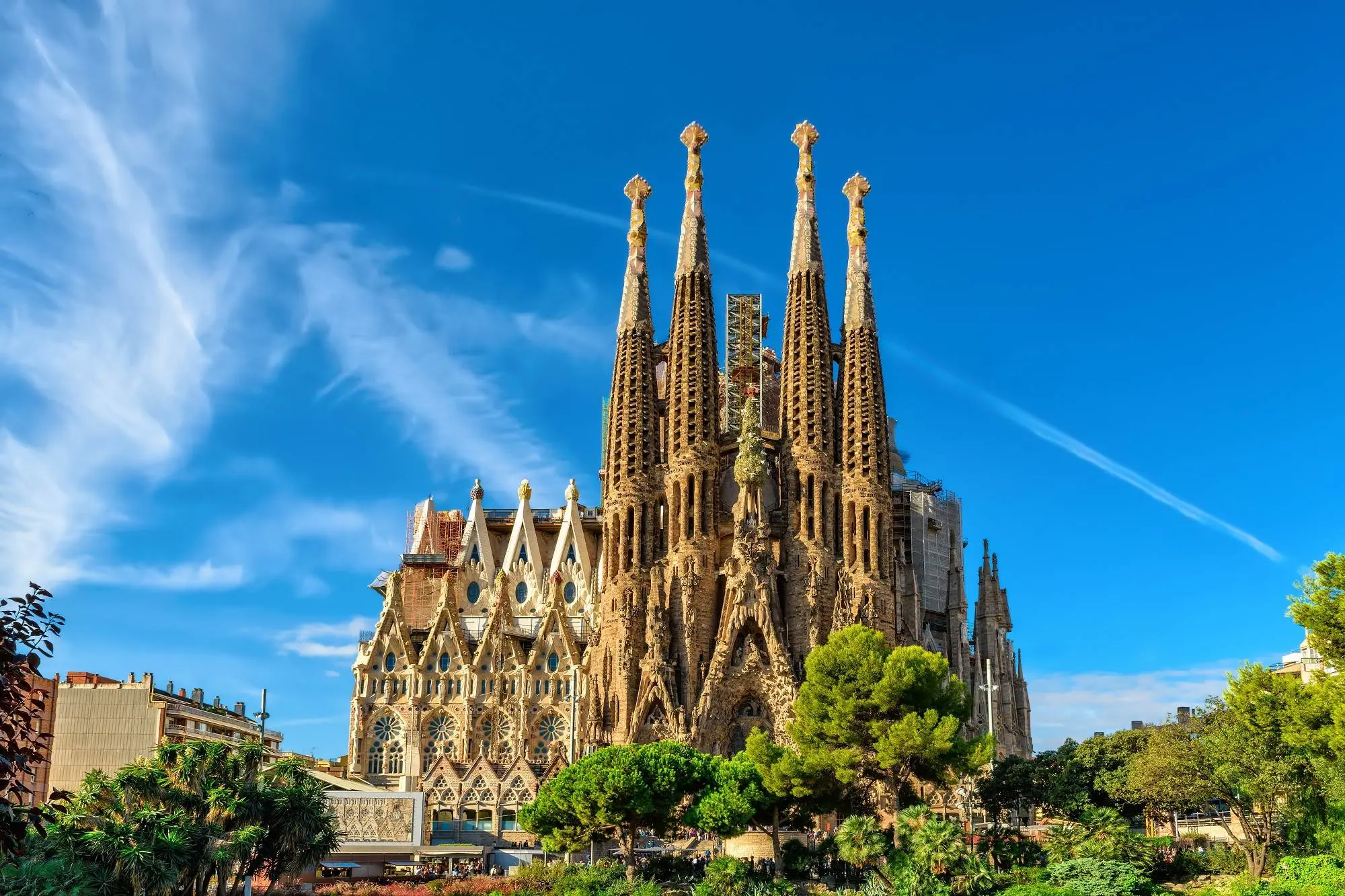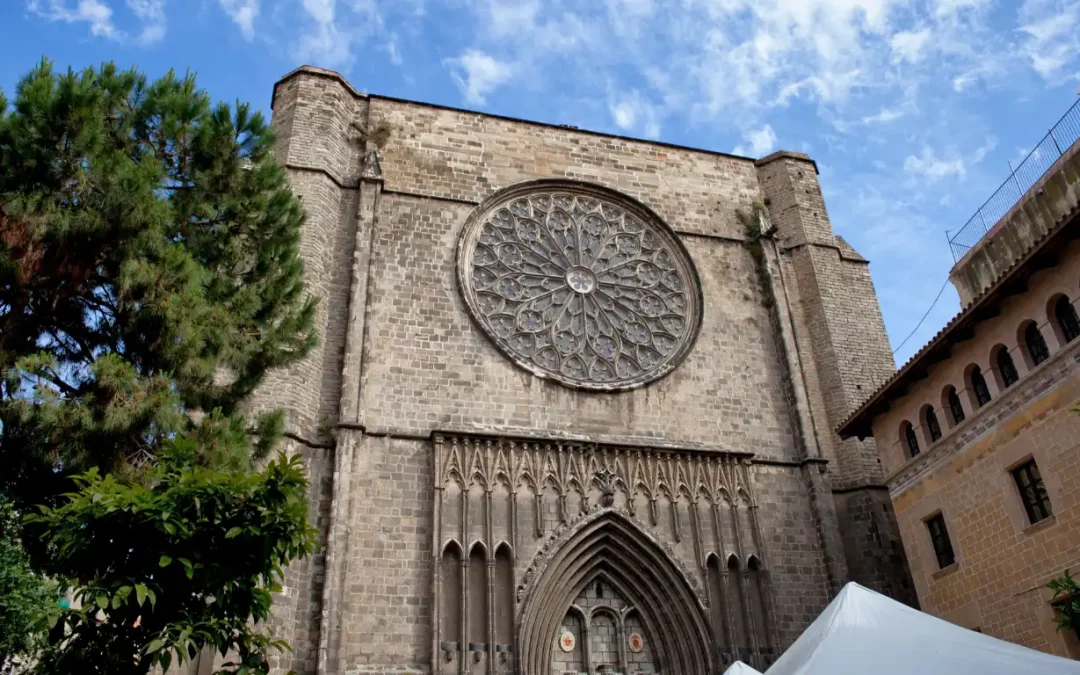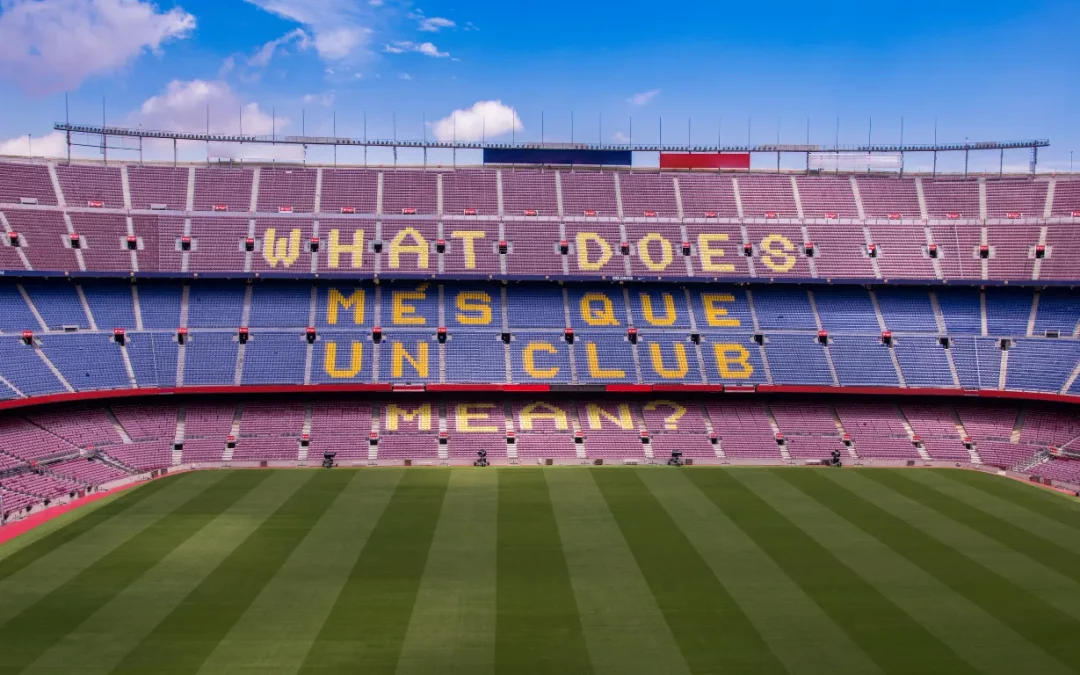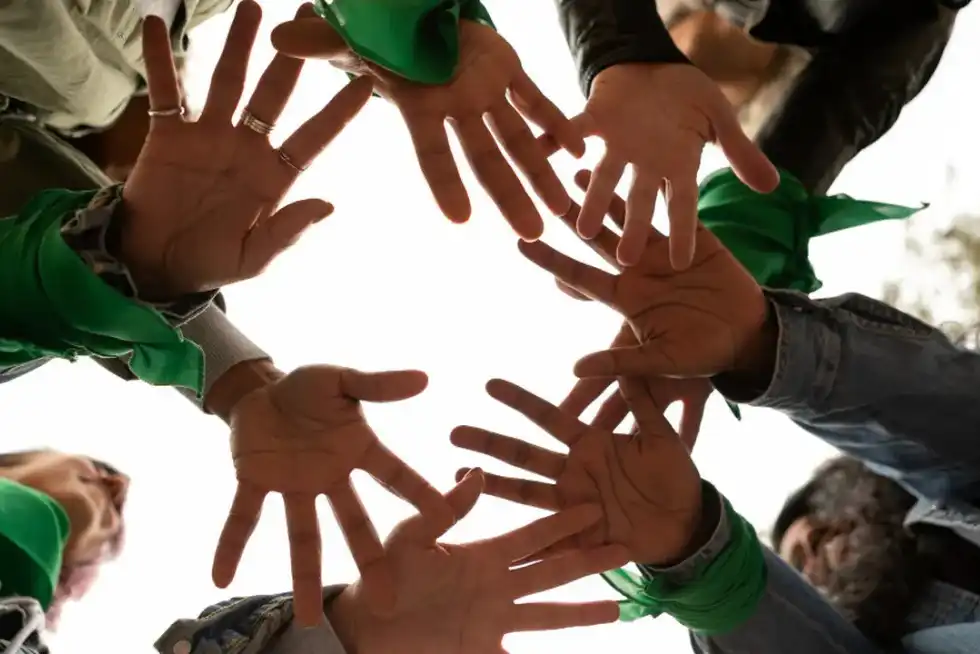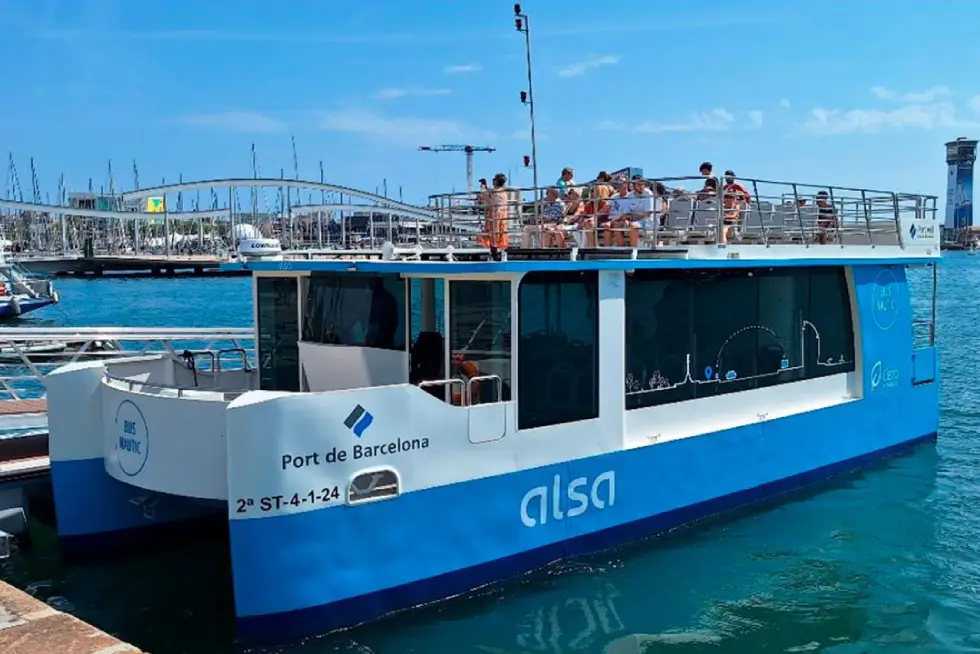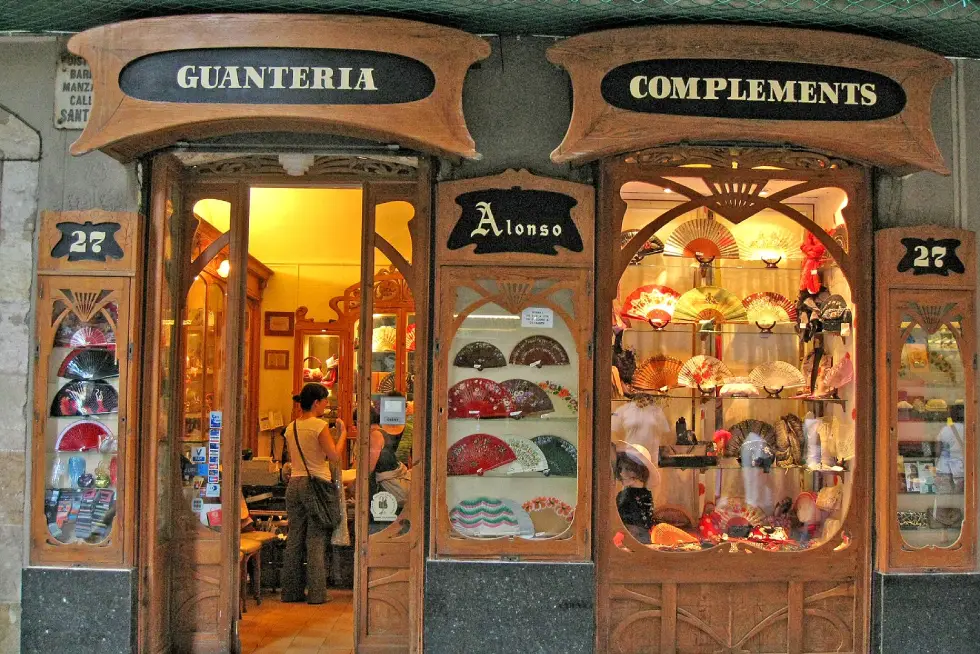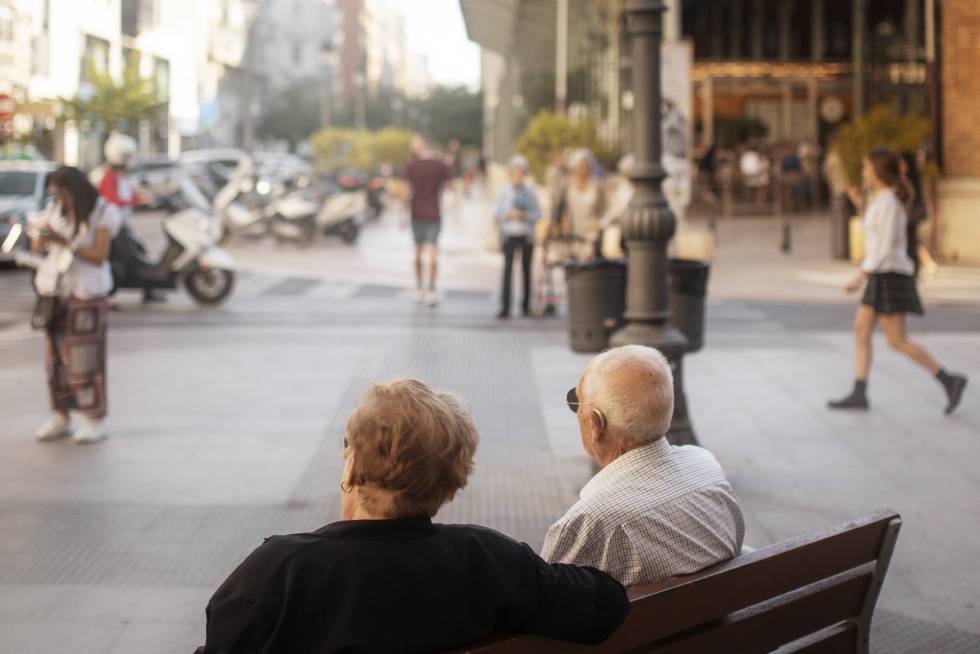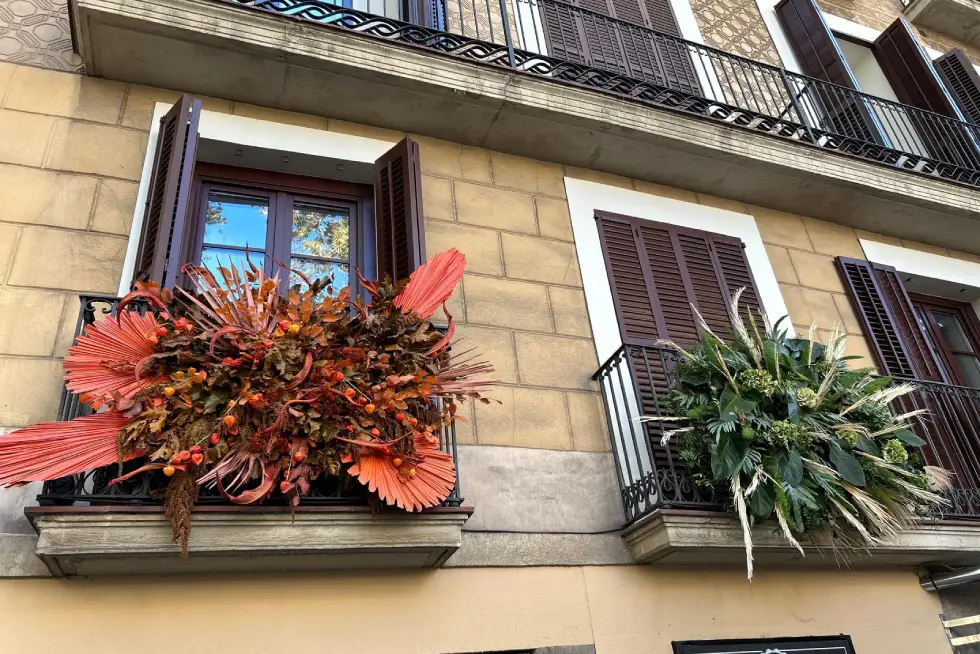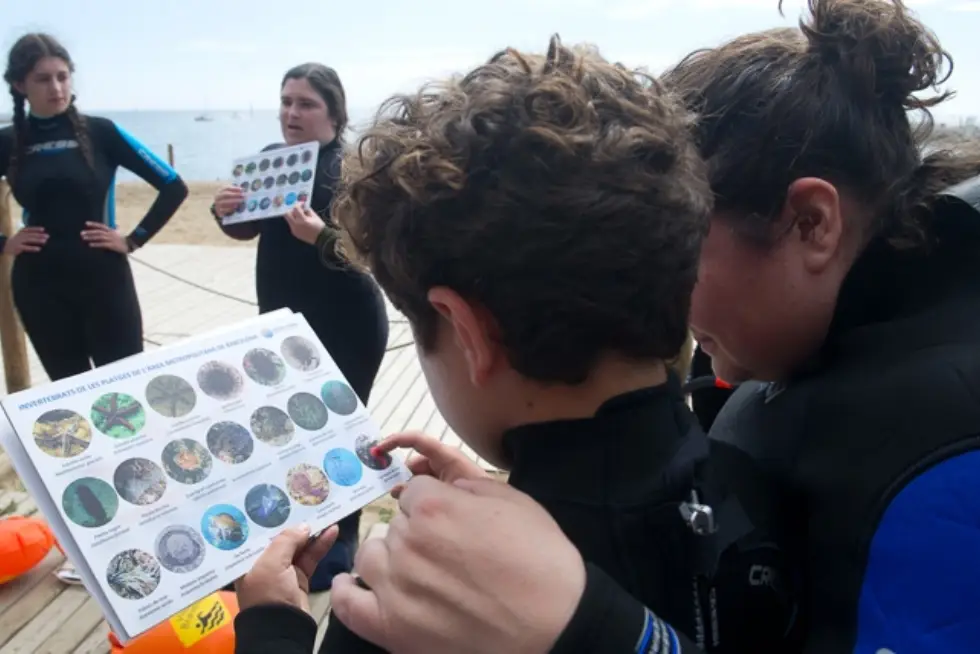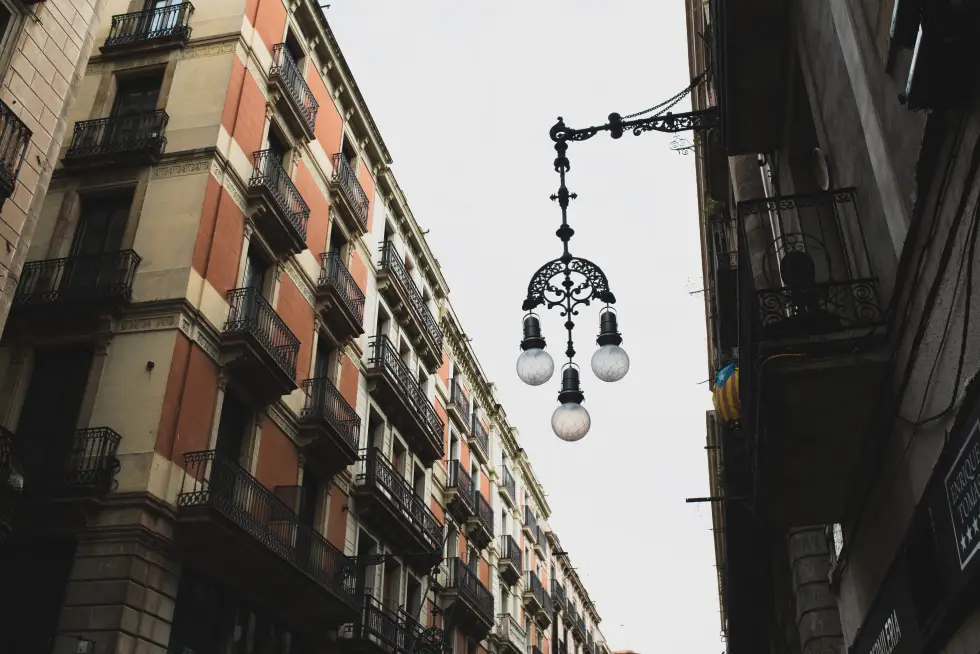Talk about Barcelona is talk about La Sagrada Familia. The temple designed by Antoni Gaudí has become an icon of the city, the most visited monument in Spain and one of the most visited in Europe.
So that you can get to know better this jewel of Catalan modernism, declared a World Heritage Site by Unesco in 2005, we propose you an exciting journey through its architecture and history. Let’s get going! 😉
History of La Sagrada Familia
The origins of the basilica date back to 1866, when Josep Maria Bocabella i Verdaguer founded the Asociación Espiritual de Devotos de San José (Spiritual Association of Devotees of St. Joseph). It was this association that promoted the construction of an expiatory church dedicated to the Holy Family after acquiring a plot of land of 12,800 square meters between the streets of Marina, Provença, Sardenya and Mallorca, in which the church was finally built.
The project was initially commissioned to the architect Francisco de Paula del Villar y Lozano and the first stone was placed under his direction on March 19, 1882. But shortly after, Francisco de Paula del Villar resigned due to disagreements with the developers and the commission passed to a young architect of only 31 years old, who had no experience in major works and decided to completely rethink the project: Antoni Gaudí.
After the association received an important anonymous donation, the Catalan genius decided to make a new and larger work: he rejected the old neo-Gothic project, of which only the crypt had been built, and proposed an exuberant and innovative temple with a Latin cross plan, 18 towers of great height and full of religious symbolism manifested especially through its sculptural decoration.
Gaudí dedicated 43 years of his life to La Sagrada Familia but, after his death in 1926, only one of the towers had been built. Aware that the temple’s work could last even centuries, Gaudí defined the entire project on plans and made three scale plaster models, so that they would be used as models in the construction of the entire building.
Although the plans, sketches and models were very damaged during the Spanish Civil War, some of them could be recovered and thanks to all the material that is conserved, the works continued to faithfully respect the design created by Gaudí.
Today the temple is still under construction and it is hoped that the works can be completed in 1926, coinciding with the centenary of the architect’s death.
Architecture of La Sagrada Familia
The Holy Family represents the symbols of the Christian faith through a combination of artistic disciplines. Its majestic beauty and the richness of its decorative, architectural and symbolic touches are such that you could spend a whole day contemplating it and discovering its incredible history.
The exterior has three facades. The Nativity (street Marina), richly decorated and full of life, represents the birth of Jesus. The Passion (Sardenya Street), more austere, reflects the suffering of Christ during the crucifixion. And the façade of La Gloria (street Mallorca) which represents Death, the Last Judgment, Glory and Hell. All of them incorporate sculptural ensembles in which the main passages of his life are recreated: the kiss of Judas, the last supper, The Judgment of Jesus, the Ecce Homo, etc.
The interior of the basilica will transport you to a fantasy world in which the columns recreate the shapes of nature, imitating a huge and colorful forest of stone.
Once the works are completed, the temple will be crowned by 18 towers (only 8 are currently finished) with different heights depending on the religious hierarchy they represent: 12 will be dedicated to the apostles, 4 to evangelists and one to the Virgin Mary. The last one, dedicated to Jesus Christ, will caress the sky of Barcelona at 172’5 meters to make La Sagrada Familia the tallest building in Barcelona.
Visiting La Sagrada Familia
Visitor access is on Sardenya Street and, as there is often a long queue, it is recommended to buy tickets in advance. There are several types of entrance tickets at different prices (simple, combined with the Gaudí Museum in the Park Güell or with audio-guide in different languages), all of them can be purchased directly at the Hotel reception.
The money raised with the tickets serves as a donation to finance the construction of the temple, which has already been witnessed by up to five generations of Barcelona residents.
This has been our guide to discover La Sagrada Familia. If you have any questions or would like further information, please do not hesitate to contact our staff. We will be happy to help you!


